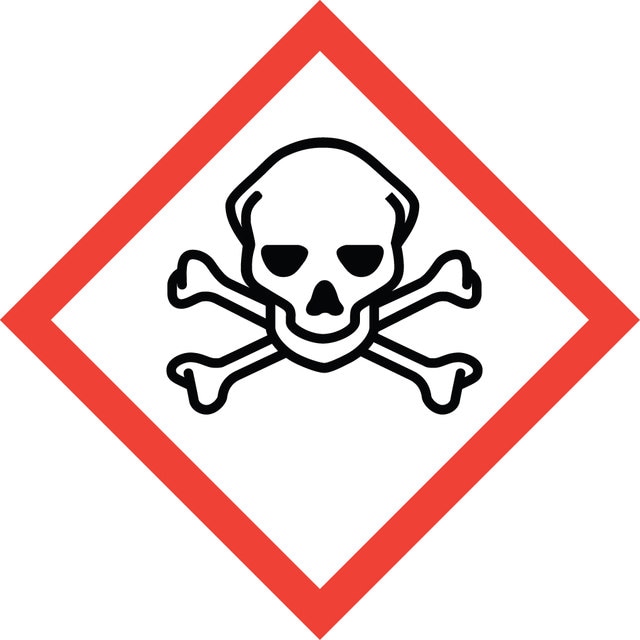This material is soluble in ethanol at 50 mg/mL, heating may be required. The product is tested for solubility in Acetone at 50 mg/mL and is also soluble at 100 mM in DMSO.
Select a Size
MXP 1,062.00
MXP 3,055.00
MXP 5,320.00
About This Item
Skip To
Product Name
Carbonyl cyanide 3-chlorophenylhydrazone, ≥97% (TLC), powder
InChI
1S/C9H5ClN4/c10-7-2-1-3-8(4-7)13-14-9(5-11)6-12/h1-4,13H
InChI key
UGTJLJZQQFGTJD-UHFFFAOYSA-N
SMILES string
Clc1cccc(N\N=C(\C#N)C#N)c1
assay
≥97% (TLC)
form
powder
color
yellow to orange
solubility
DMSO: 100 mM
storage temp.
−20°C
Quality Level
Looking for similar products? Visit Product Comparison Guide
Related Categories
1 of 4
This Item | C2920 | SML2566 | SML2499 |
|---|---|---|---|
| form powder | form powder | form powder | form powder |
| assay ≥97% (TLC) | assay ≥98% (TLC) | assay ≥98% (HPLC) | assay ≥98% (HPLC) |
| Quality Level 200 | Quality Level 300 | Quality Level - | Quality Level - |
| storage temp. −20°C | storage temp. 2-8°C | storage temp. 2-8°C | storage temp. 2-8°C |
| solubility DMSO: 100 mM | solubility 95% ethanol: soluble | solubility DMSO: 2 mg/mL, clear (warmed) | solubility DMSO: 2 mg/mL, clear |
| color yellow to orange | color yellow | color white to very dark brown | color white to very dark brown |
Application
- in the inhibition of efflux pump in clinical Pseudomonas aeruginosa[1]
- to inhibit oxidative phosphorylation activity of mitochondria in human Beas-2B bronchial epithelial cells[2]
- to prepare carbonyl cyanide m-chlorophenylhydrazone solution for oxidative and mitochondrial stress assay and mitophagy induction in Caenorhabditis elegans[3]
Biochem/physiol Actions
signalword
Danger
Hazard Classifications
Acute Tox. 3 Dermal - Acute Tox. 3 Inhalation - Acute Tox. 3 Oral - Eye Irrit. 2 - Skin Irrit. 2 - STOT SE 3
target_organs
Respiratory system
Storage Class
6.1C - Combustible acute toxic Cat.3 / toxic compounds or compounds which causing chronic effects
wgk
WGK 3
ppe
Eyeshields, Faceshields, Gloves, type P2 (EN 143) respirator cartridges
Choose from one of the most recent versions:
Already Own This Product?
Find documentation for the products that you have recently purchased in the Document Library.
Articles
DISCOVER Bioactive Small Molecules for Nitric Oxide & Cell Stress Research
-
What is the solubility of CCCP in ethanol?
1 answer-
Helpful?
-
-
What is the shelf life of C2759 in cell culture media?
1 answer-
Product C2759 has not undergone cell culture testing. However, information about storage after reconstitution is available. It states, "Following reconstitution, store in the refrigerator (4°C). Stock solutions are stable for up to 1 month at 4°C."
Helpful?
-
Active Filters
Our team of scientists has experience in all areas of research including Life Science, Material Science, Chemical Synthesis, Chromatography, Analytical and many others.
Contact Technical Service



